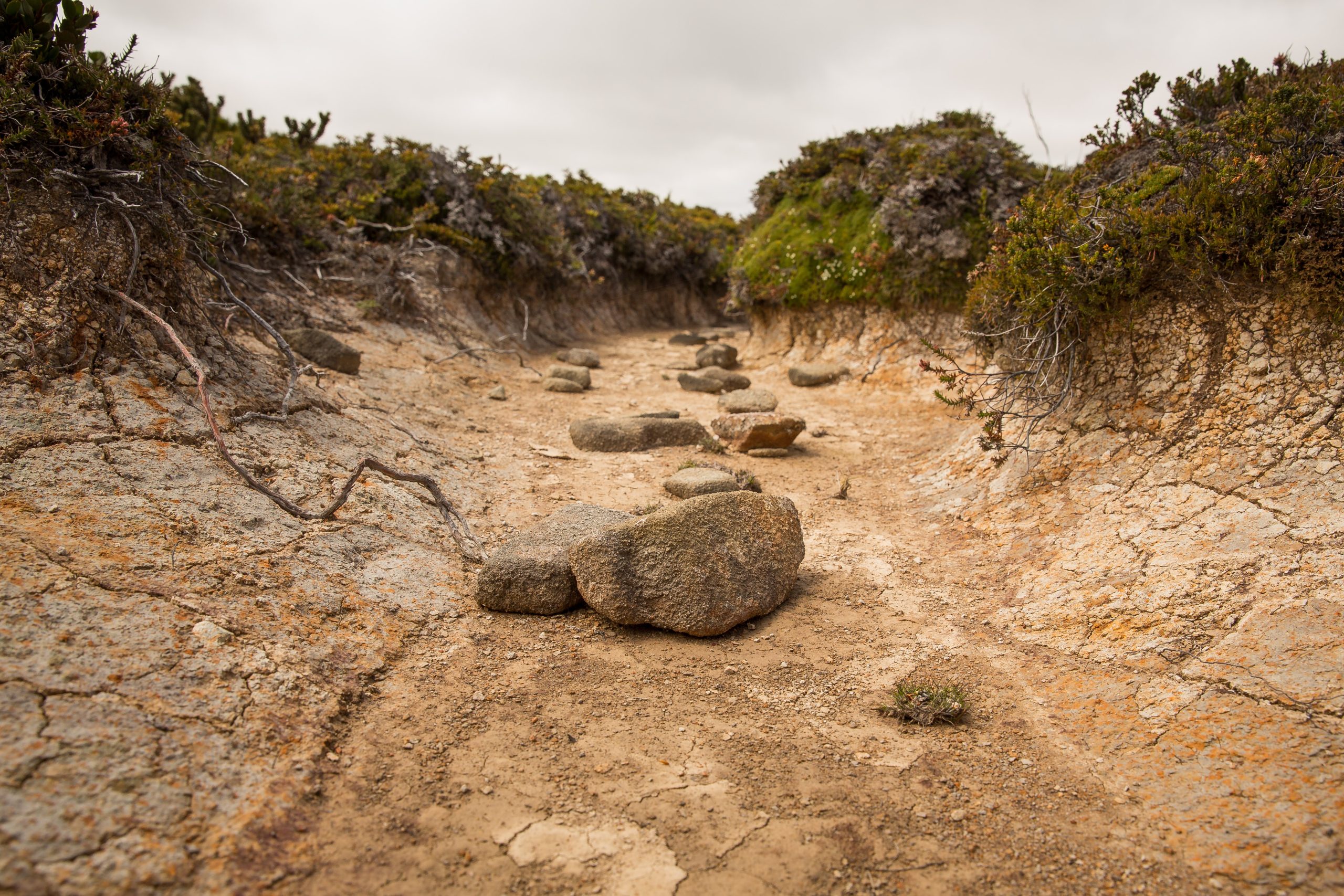Table of Contents
ToggleIntroduction
Europe is facing a growing water crisis, as winter droughts are making it more precarious for the region to maintain its water supplies. Despite being known for its greenery and lush landscapes, water scarcity is a growing concern across Europe. This article will explore the impact of winter droughts and the measures that can be taken to mitigate the water crisis.
Understanding the Winter Droughts in Europe
Winter droughts are becoming increasingly common in Europe. They are characterized by a prolonged period of low precipitation and snowfall, which can lead to a decline in water resources. In addition, the warmer winters have led to a reduction in snow accumulation, which is a significant source of water for many regions in Europe. This is because when the snow melts in the spring, it releases water that can be used to refill rivers, lakes, and groundwater aquifers.
The Impact of Winter Droughts on Water Resources
Winter droughts have far-reaching consequences on water resources. They can lead to a reduction in the volume of water available in rivers, lakes, and groundwater aquifers, which can lead to water shortages. This can also lead to a decline in water quality, as the concentration of pollutants in the water increases when there is less water available. In addition, the decline in water resources can have a significant impact on agriculture, as many crops rely on adequate water supplies to grow.
The Water Crisis in Europe
The water crisis in Europe is not new. The region has been grappling with water scarcity for years, and the situation is becoming more critical. According to the European Environment Agency, over two-thirds of Europe’s river basins are facing water scarcity, and this situation is expected to worsen in the coming years. In addition, the region is facing increased demand for water due to population growth, urbanization, and industrialization.
Mitigating the Water Crisis
Several measures can be taken to mitigate the water crisis in Europe. One of the most important steps is to reduce water consumption. This can be achieved by using water-efficient appliances and practices, such as low-flow showerheads and faucets, and reducing water-intensive activities such as lawn watering. In addition, investments can be made in water reuse and recycling technologies, which can help to reduce the demand for fresh water.
Another important measure is to improve water governance. This includes strengthening laws and regulations to protect water resources, promoting sustainable water management practices, and ensuring that water pricing reflects the true cost of water. This can help to encourage responsible water use and reduce waste.
Conclusion
The growing water crisis in Europe is a cause for concern. Winter droughts are becoming more common, leading to a decline in water resources and a growing water scarcity crisis. The impact of this crisis is far-reaching, affecting agriculture, water quality, and the economy. However, there are steps that can be taken to mitigate the crisis, including reducing water consumption and improving water governance. By taking action now, we can help to ensure a sustainable water supply for future generations








2 thoughts on “Europe’s Growing Water Crisis: The Impact of Winter Droughts”
Pingback: Horn of Africa Drought: Causes, Consequences, and Solutions
Pingback: Drought and Crop Failures in Spain: Causes, Impacts, and More